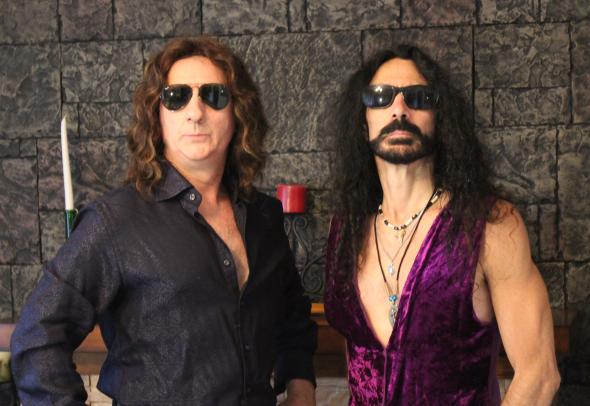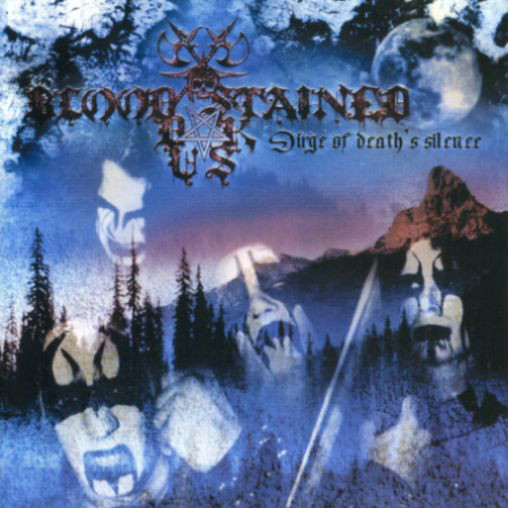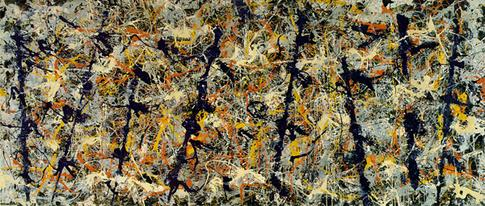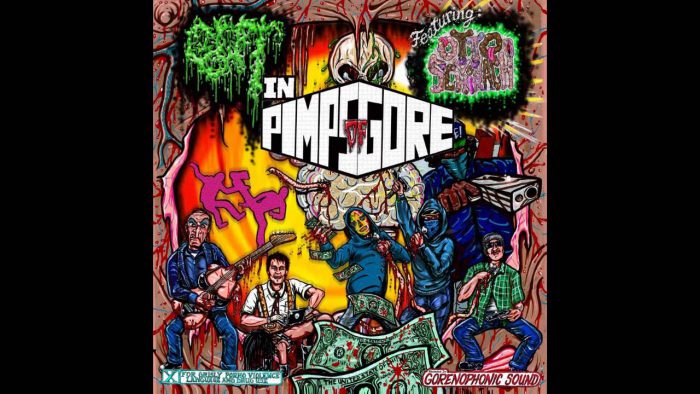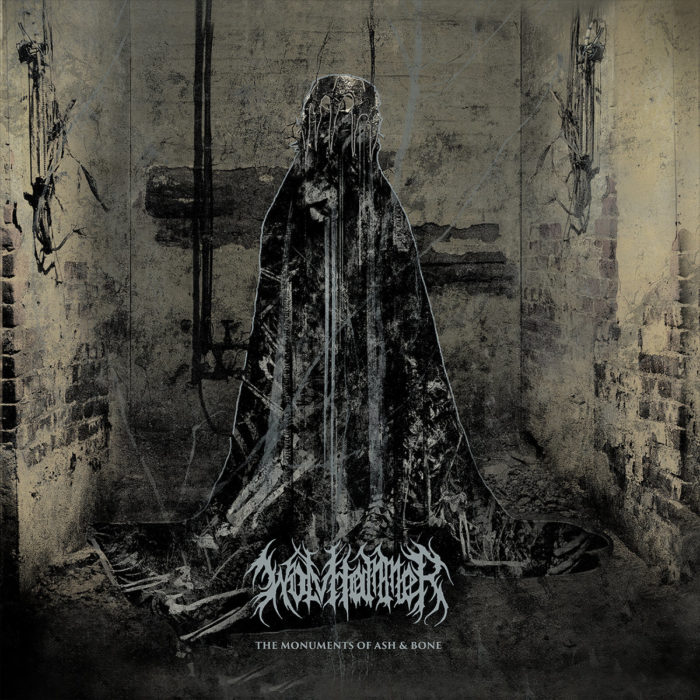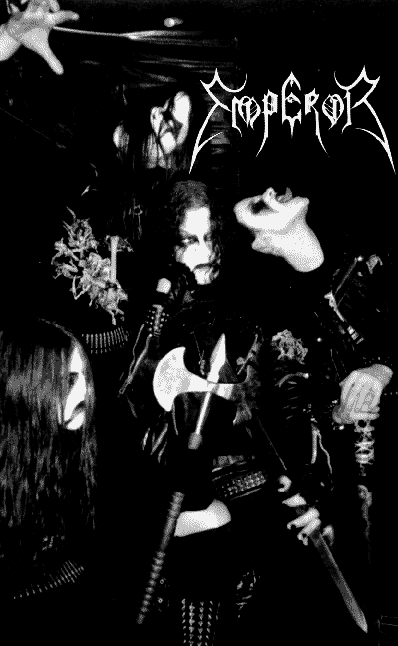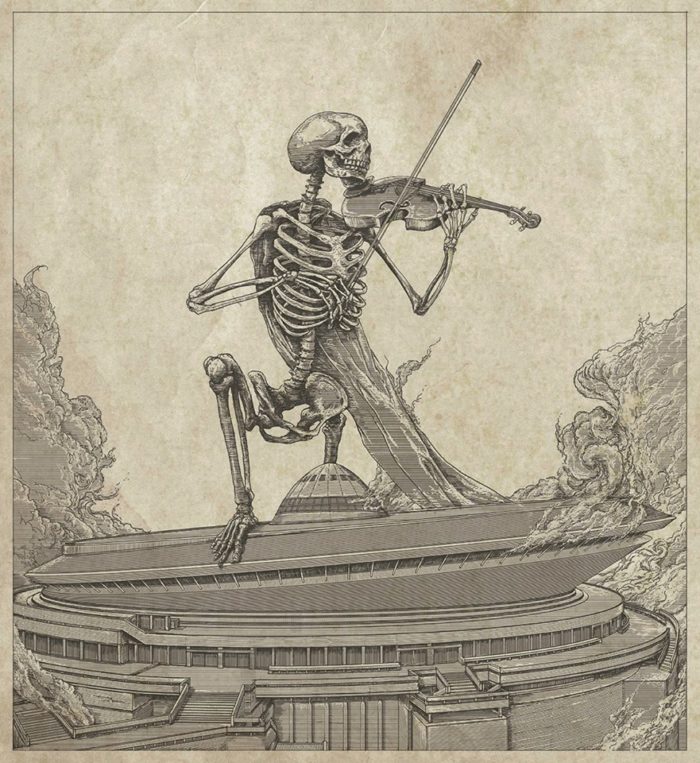
On 7th April, another edition of a long standing Polish festival Metalmania took place. One day, two stages, twenty four bands. It was the second one organized after a recent reactivation. The original Metalmania was an early big metal event in that part of the Europe – quite a feat given Polish Communist and post-Communist realities. Then, due to various reasons, the festival was gradually losing its relevance, dwindling and finally went into hiatus for 8 years. There is no sense, however, to cling to its bygone local importance or whatever glorious past. So how does it look now?
While too much reliance on more mainstream gothic and heavy contributed to a collapse of previous incarnation of the festival, and now it was death and black oriented, the music on the big scene is rather consistently aimed at straight metal through all of its generations and styles, ending with bands like Dead Congregation or Blaze of Perdition and with some of the more modern sounds on a small scene. On a downside, the fest resurfacing mainly as a stage for classic bands may be reflecting the actual state of metal, indicating that the newer bands are unable to fill the void with something equally strong to their predecessors.
The festival was obviously rough around the edges (and surprisingly violent – I almost got caught into two different fights just from where I was standing) and the sound was uneven and average overall. It was organized better than in the past, but still perceptibly within Polish standards, that is crudely and with lack of imagination or simply negligence in some areas (although Martin van Drunen said on stage that the organization was great!). Perhaps a very fortunate by-product of these characteristics, which may contribute to the positive reception of this festival, is how – I dare to say – conservative it is, both in terms of lineup and general spirit. With Napalm Death and (I suppose) liberal speed metallers on one side and sort of crypto-nazis on the other, who always find a way to show up in some form, the fest also covered broadest ideological spectrum that is possible for a mainstream event.
As of 2018 this festival is yet to experience types of modern degeneracy, often coming from outside, which can be seen on festivals elsewhere. There were some obligatory side attractions, like exhibition of works of Christophe Szpajdel (who actually speaks Polish fluently), meet-up with the bands and lots of merch, but nothing delving too much into a fan idiocy or really not related to metal. Very few freaks, zero exotic people, no random participants, just fairly traditional metalheads, mostly in the 90s style, as it should be, world without end. However, those spoiled by abundance of propositions and by big festivals in Germany or Czech Republic will probably miss out on some of these modest qualities.
And then there’s the surreal, sci-fi sight at the arrival – a monumental, Communistic “The Saucer” occupied by nothing but a tribe of long haired, black clad drunks…
(more…)
18 CommentsTags: 2018, asphyx, concert reviews, destroyer 666, emperor, Kat, live, metalmania, metalmania fest, Metalmind, napalm death
